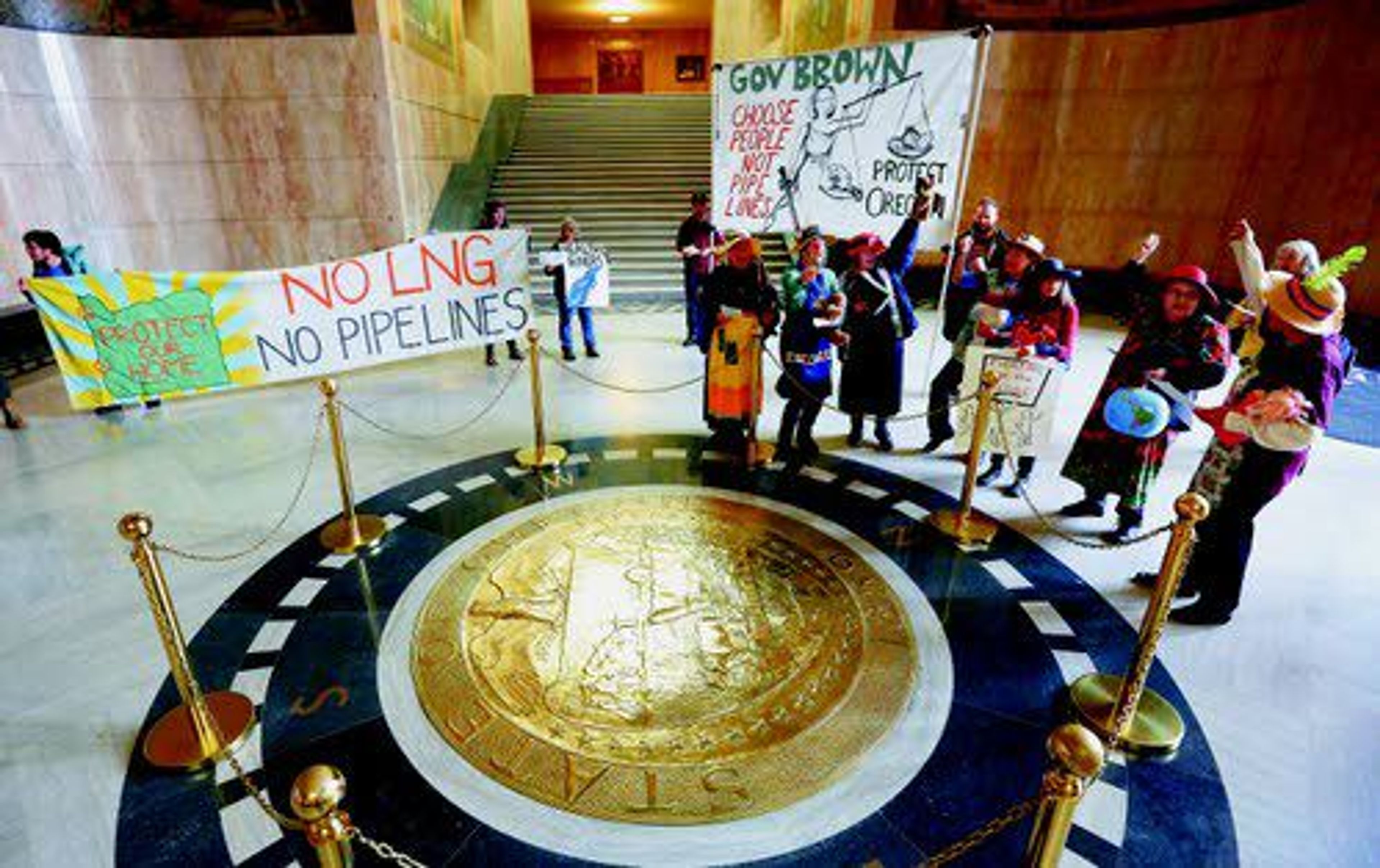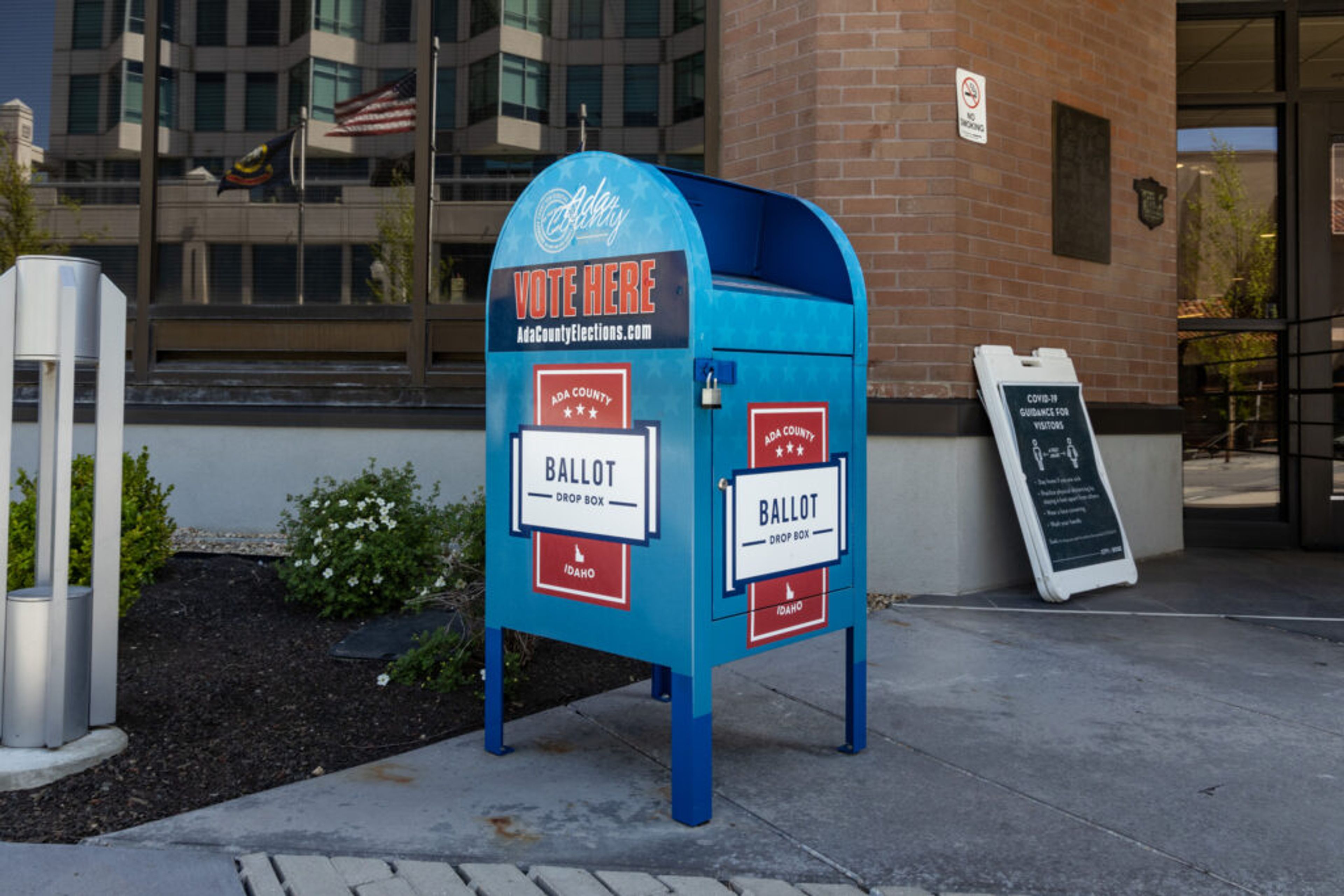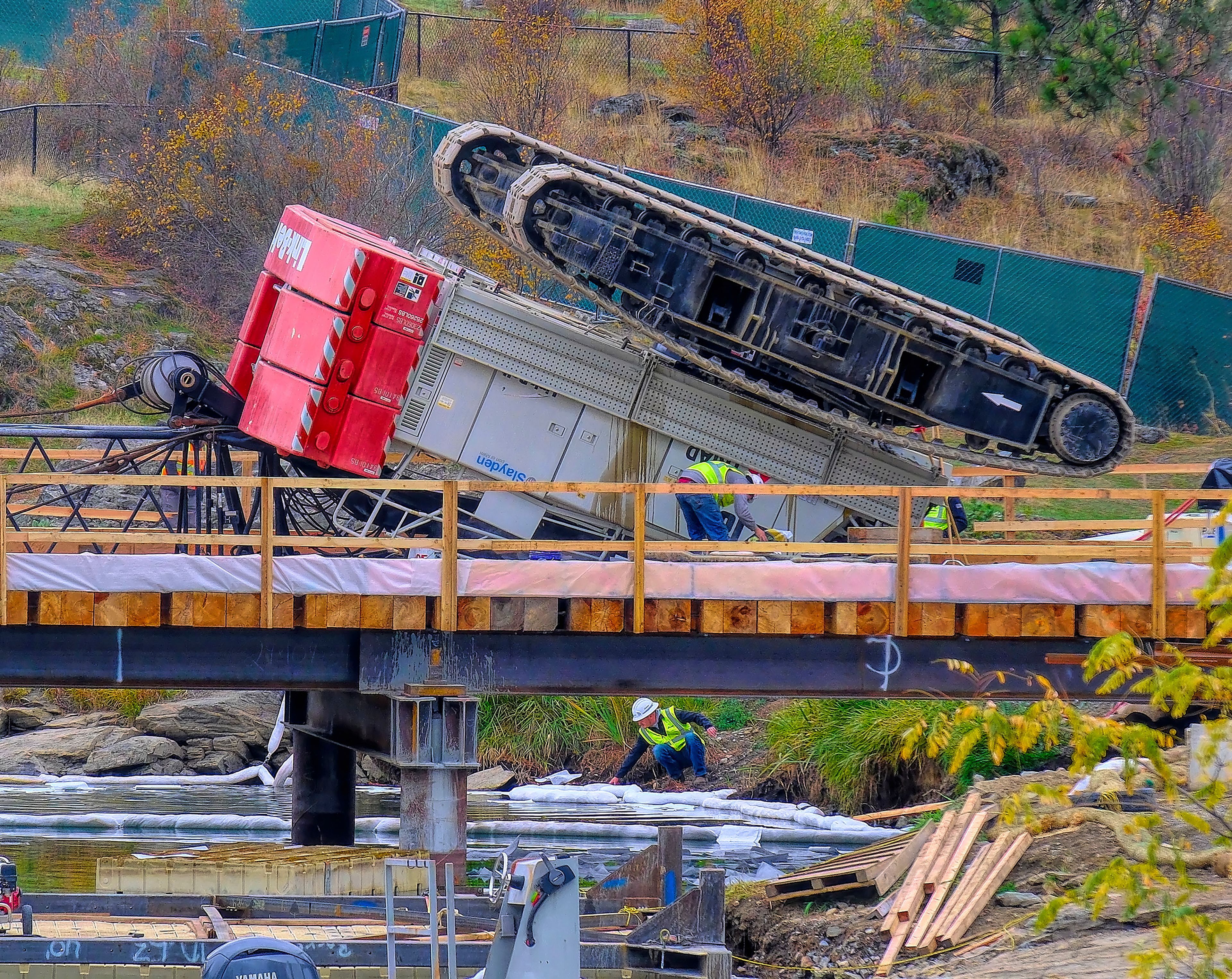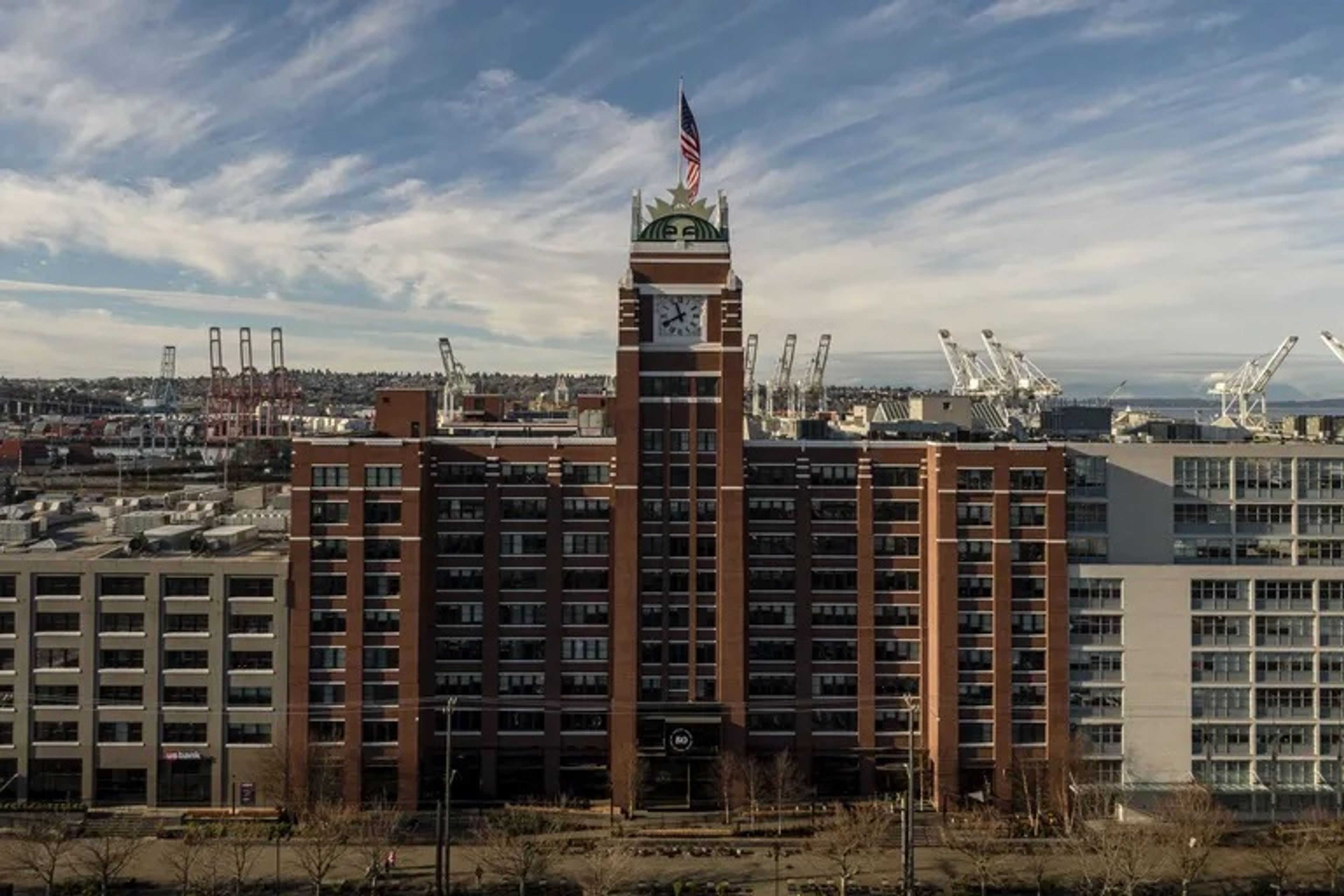MEDFORD, Ore. - A liquefied natural gas pipeline and export facility proposed for southern Oregon would be the largest source of greenhouse gas emissions in the state, according to a report by an advocacy group.
The report from Oil Change International, a group that seeks to reduce fossil fuel emissions, claims the entire operation from extracting the gas to burning it in overseas markets would produce more than 15 times the emissions of Oregon's last coal-burning plant, the Mail Tribune reported.
The Jordan Cove LNG terminal is proposed for a location in Coos Bay in western Oregon. The project also includes building the 229-mile Pacific Connector Pipeline to transport the natural gas from Malin to the terminal for shipping overseas.
The group's report appears to make inaccurate comparisons, pipeline project spokesman Michael Hinrichs said.
Hinrichs said the project has received approval for an air permit from the Oregon Department of Environmental Quality, and hundreds of pages of third-party scientific reports have been filed with federal regulators.
The Federal Energy Regulatory Commission is reviewing the project.
The commission previously denied the project under President Barack Obama's administration, saying the potential benefits didn't outweigh the potential harms.
If federal regulators approve the project, opponents are hopping the state will deny permits.
The report claims the project would undermine the transition to clean and renewable energy because there is no evidence supporting that the natural gas would replace coal burning in the overseas markets.
"The project is putting Oregon on the path to supplying a cleaner energy future for our customers," Hinrichs said. "Natural gas is cleaner burning, has fewer pollutants, is less expensive and more efficient than other fuels that are capable of meeting around-the-clock energy demand."
The project would not supply natural gas to the state, but Oregon would be at risk for any potential harm, according to the report.
Hinrichs said the project will benefit the state by boosting local economies and creating jobs.









